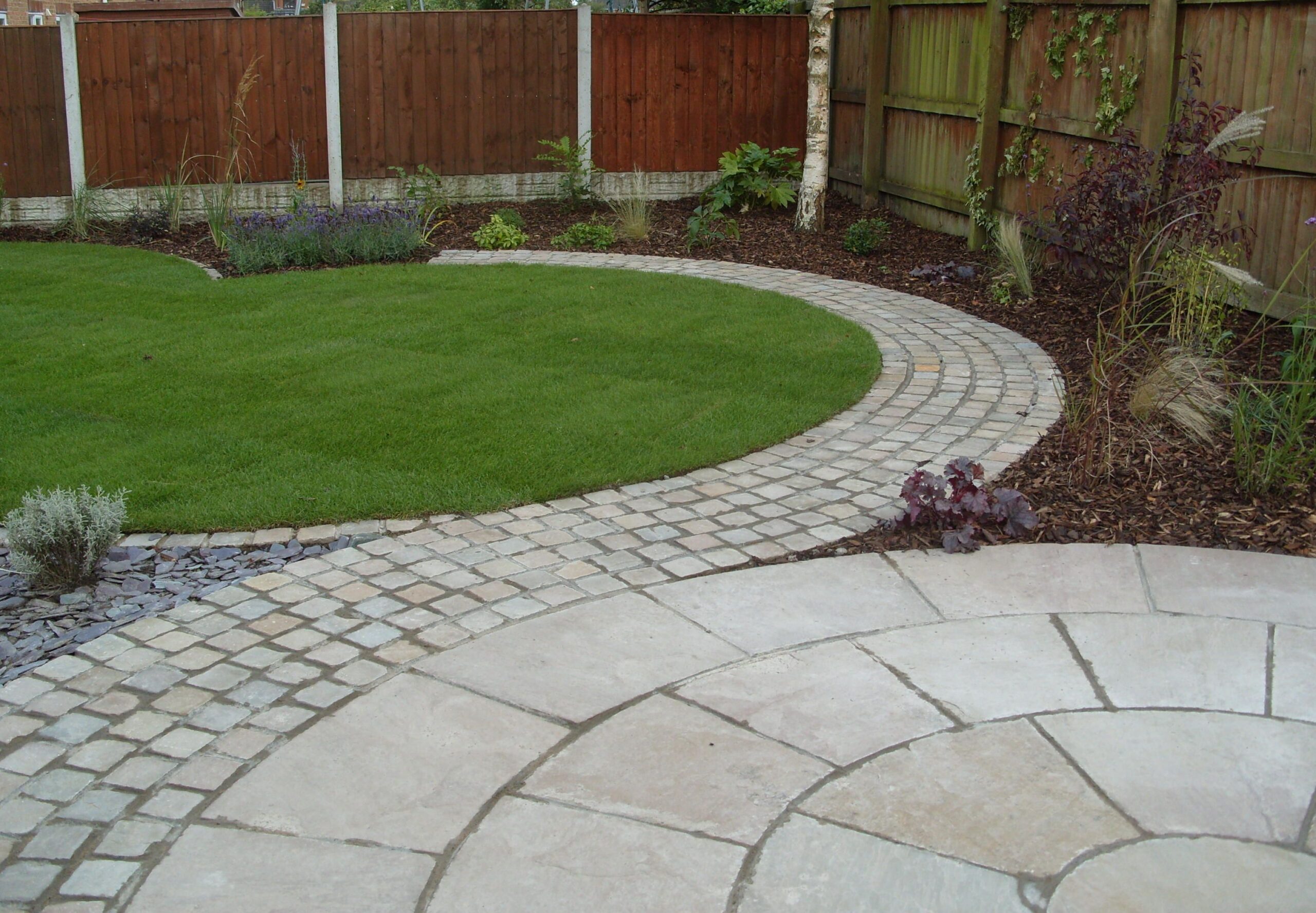What Materials Are Best for Patios and Garden Paths?

Planning to upgrade your outdoor space? Choosing the right material for your patios and garden paths in Washington is a crucial decision that affects not just the look of your garden—but also its durability, maintenance, and usability.
In this blog, Driveways Washington explores the best materials for patios and garden paths in the UK, comparing their pros and cons so you can make an informed choice for your Washington property.
1. Indian Sandstone: Natural Charm and Texture
Best for: Traditional and rustic-style gardens
Indian sandstone is one of the most popular choices for UK patios and paths. It offers warm tones, natural riven textures, and excellent weather resistance.
Pros:
- Beautiful, natural look
- Slip-resistant surface
- Available in a variety of colours and patterns
- Long-lasting
Cons:
- Needs sealing to prevent staining
- Slightly uneven surface not ideal for furniture
2. Porcelain Paving: Modern and Low-Maintenance
Best for: Contemporary garden designs
Porcelain slabs are manufactured from kiln-fired clay, offering a sleek, clean look that mimics natural stone or concrete.
Pros:
- Extremely durable and stain-resistant
- Low maintenance
- Non-porous and weatherproof
- Consistent colours and finishes
Cons:
- More expensive than other options
- Requires professional installation due to its density
3. Concrete Slabs: Affordable and Versatile
Best for: Budget-conscious homeowners or large areas
Concrete slabs are widely available, budget-friendly, and can be moulded to resemble other materials like stone or slate.
Pros:
- Inexpensive
- Wide variety of colours and textures
- Easy to replace or extend
- Suitable for driveways and patios
Cons:
- Can fade or stain over time
- Less natural in appearance
4. Block Paving: Ideal for Paths with Style
Best for: Decorative garden paths and curved layouts
Block paving involves individual bricks or blocks laid in intricate patterns. It’s often used for paths and driveways but works beautifully in patios too.
Pros:
- Customisable patterns and colours
- Durable and long-lasting
- Easy to repair small areas
- Great for edging and transitions
Cons:
- Weeds can grow between joints if not sealed
- Requires regular maintenance to prevent shifting
5. Gravel Paths: Quick and Natural
Best for: Informal garden paths and large landscape areas
Gravel is a quick and cost-effective solution for garden paths. It blends well with natural planting schemes and is easy to install.
Pros:
- Inexpensive and fast to lay
- Natural look, ideal for cottage gardens
- Good drainage
- Easy to modify or extend
Cons:
- Not suitable for patios or heavy footfall areas
- Weeds can grow through unless a membrane is used
- Loose surface can scatter or shift
6. Slate: Elegant and Textured
Best for: Sleek, premium garden finishes
Slate has a deep, rich tone that complements both modern and traditional gardens. It offers texture, slip resistance, and natural beauty.
Pros:
- Stylish and high-end look
- Natural variation in texture and colour
- Good for damp climates
- Works well in shaded gardens
Cons:
- Can be brittle and prone to chipping
- Needs sealing
- More expensive than sandstone or concrete
Choosing the Right Material: Key Considerations
Before picking a material, consider:
- Garden style: Modern, rustic, formal, or natural?
- Foot traffic: Heavier use requires more durable materials.
- Maintenance: Do you want a low-maintenance surface?
- Drainage: Some materials drain better than others.
- Budget: Natural stone and porcelain are premium; concrete and gravel are cost-effective.
At Driveways Washington, we help you select the perfect solution based on your vision, usage, and site conditions.
Final Thoughts
The best material for your patio or garden path depends on your style, budget, and how you use your outdoor space. Whether you’re going for classic sandstone, ultra-modern porcelain, or charming gravel, the right choice will elevate your garden’s look and functionality.
FAQs
What’s the most low-maintenance patio material?
Porcelain is the most low-maintenance option. It doesn’t absorb water, resists stains, and needs little upkeep.
Which material is safest in wet weather?
Textured sandstone, slate, and certain porcelain tiles with anti-slip ratings are safest underfoot when it rains.
Can I mix materials for a custom design?
Yes! Many homeowners combine paving types—like sandstone patios with block-paved edging or gravel paths for contrast.
How long does patio installation take?
Most patio installations take 2–5 days, depending on size, layout, and weather conditions.


